
Matcha tea and green tea. Is there a difference? Of course.
Matcha and green tea are like two people who grew up together and then went to separate universities. Both derive from the Camellia sinensis plant, and both are greenish. But one is crushed into a vibrant, fine powder and the other is commonly enjoyed in loose-leaf form.
The preparation of the leaves and stems differs between the two, as does the preparation of the actual brew itself. Spoiler alert: one is a lot more fun and energetic.
Below are some nice answers to your matcha vs green tea questions that will hopefully inspire you to get out there and indulge! There are plenty of supposed health benefits to these brews after all.
What is matcha tea?
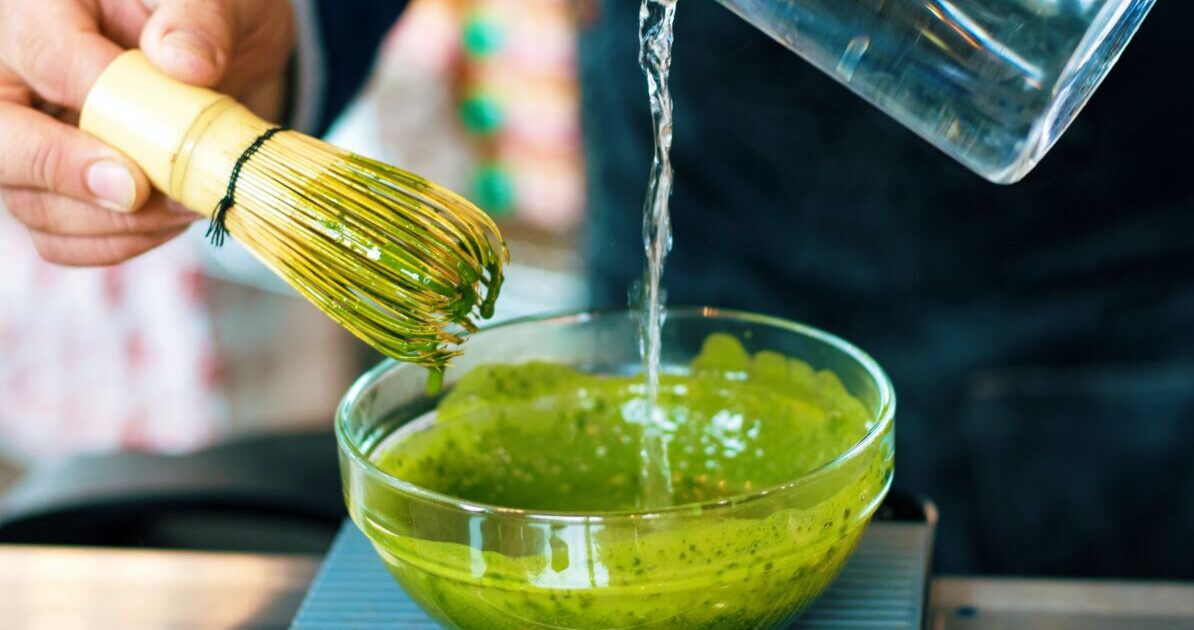
Matcha is a type of green tea made with a special growing and processing technique. Just like green tea, it comes from the Camellia sinensis plant but is grown in the shade for the last few weeks of harvest, protecting it from sunlight which gives the tea leaves their distinct characteristics.
Following the harvest, the leaves will be dried to minimise oxidation. The stems and veins will then be removed before grinding the remaining leaf into a fine, bright green powder.
Simply dissolving this power in boiling water creates matcha tea. In the past, people used bamboo whisks to remove powder clumps to give the brew an even texture, but any modern whisk or frother will achieve the same results if you’re short on bamboo.
Depending on how you precisely prepare it, matcha tea may have a foamy head. It has a grassy, earthy flavour, with sweet and bitter undertones. These undertones may be too strong for some. Adding a drop of milk or a sweetener won’t ruin your matcha.
What is green tea?

Green tea, a classic from the Camellia sinensis plant, is harvested quickly to prevent the leave from oxidising and browning. It has an earthy and grassy taste with a clear, yellowish-green or light-brown liquid. You may also experience a mild astringency in your mouth when drinking green tea.
Preparation of green tea may include steaming, pan-firing, or sun-drying to process the leaves. Manufacturers then roll and dry the leaves to make their final form before steeping them in hot water. Brew the tea for the right amount, around five minutes. Any longer and it becomes too bitter for some tea lovers.
What’s the difference between matcha and green tea?
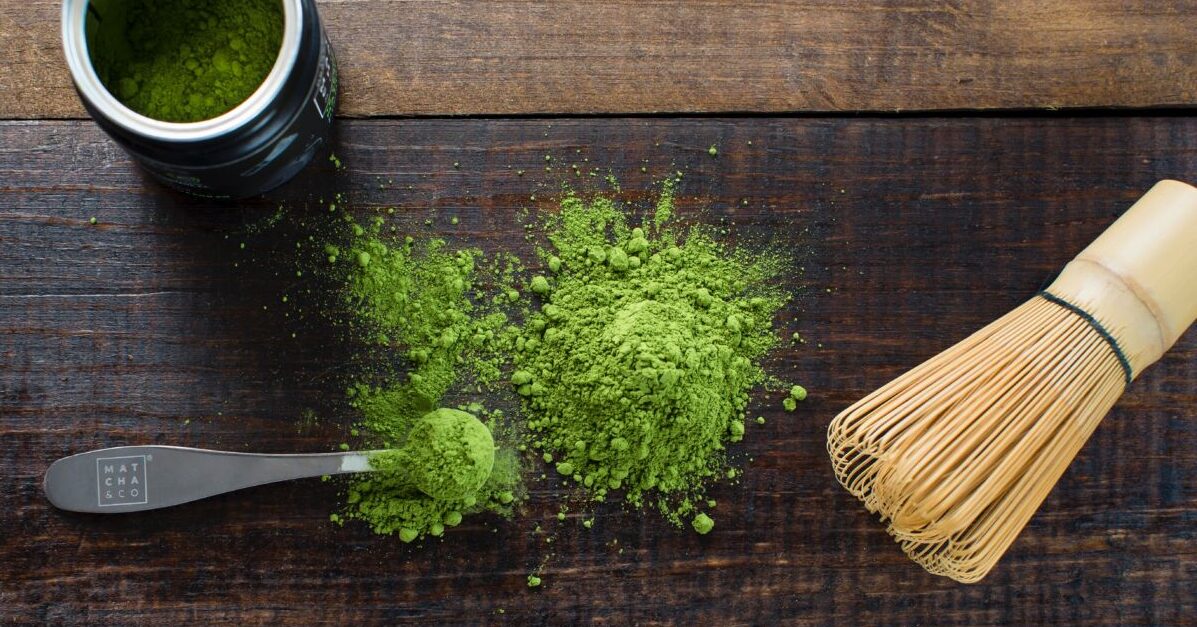
Matcha and green tea both come from the Camellia sinensis plant. The difference lies in their production process. Matcha goes through a precise growth and extraction process, grown in the shade, unlike most teas, giving it its unique flavour and profile. Green tea is a simpler, lighter, more refreshing brew while matcha tends to be richer and stronger.
Matcha is made by grinding down the tea leaves into powder form while green is made from the leaf in its regular state. The bright green colour of matcha speaks volumes of its boldness. As for caffeine content, it will vary depending on the preparation. Green tea contains about 11–25 milligrams per gram while matcha contains about 19–44 milligrams per gram of caffeine. Given matcha’s extension into the coffee-sphere, it’s also likely to be pricier.
What are the health benefits of matcha?
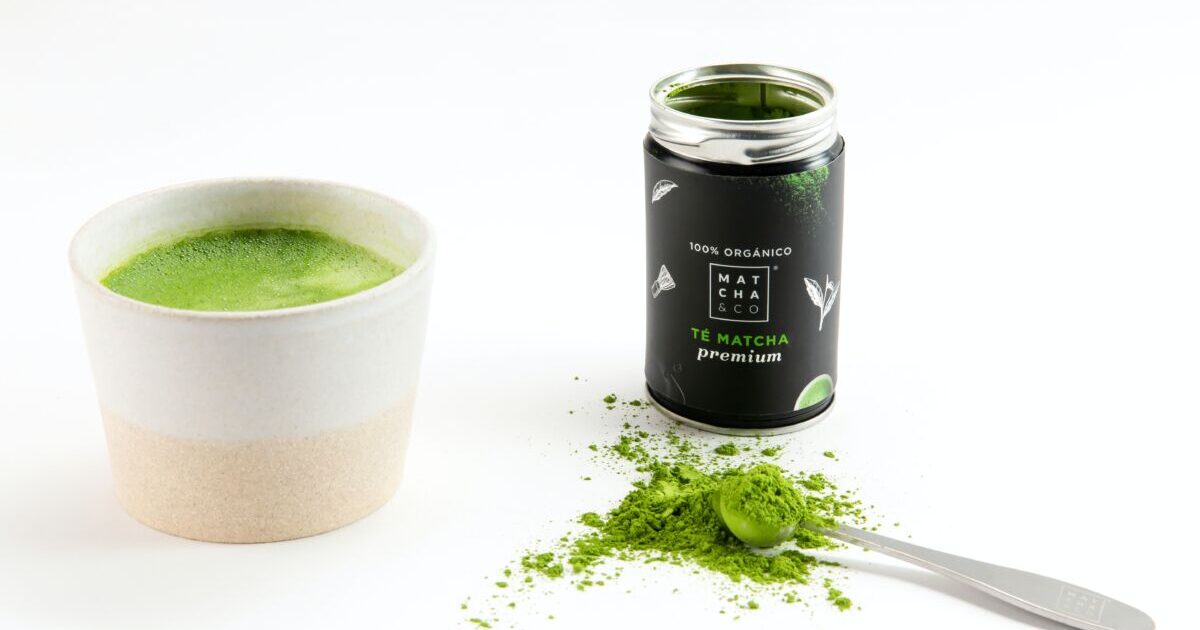
Matcha has plenty of health benefits to back up its healthy green colour. Thanks to the harvesting process, matcha boasts compounds such as theanine, chlorophyll, and antioxidant catechins. The most active antioxidant is epigallocatechin-3-gallate, which has higher concentrations levels in matcha than in regular green tea.
Matcha may have a positive effect on both your physical and mental health. Improved memory and cognitive function are thought to be a result of drinking matcha, as are reduced oxidative stress, reduced photoaging, improved metabolic health, strengthened blood vessels, and fighting off inflammation.
What are the health benefits of green tea?
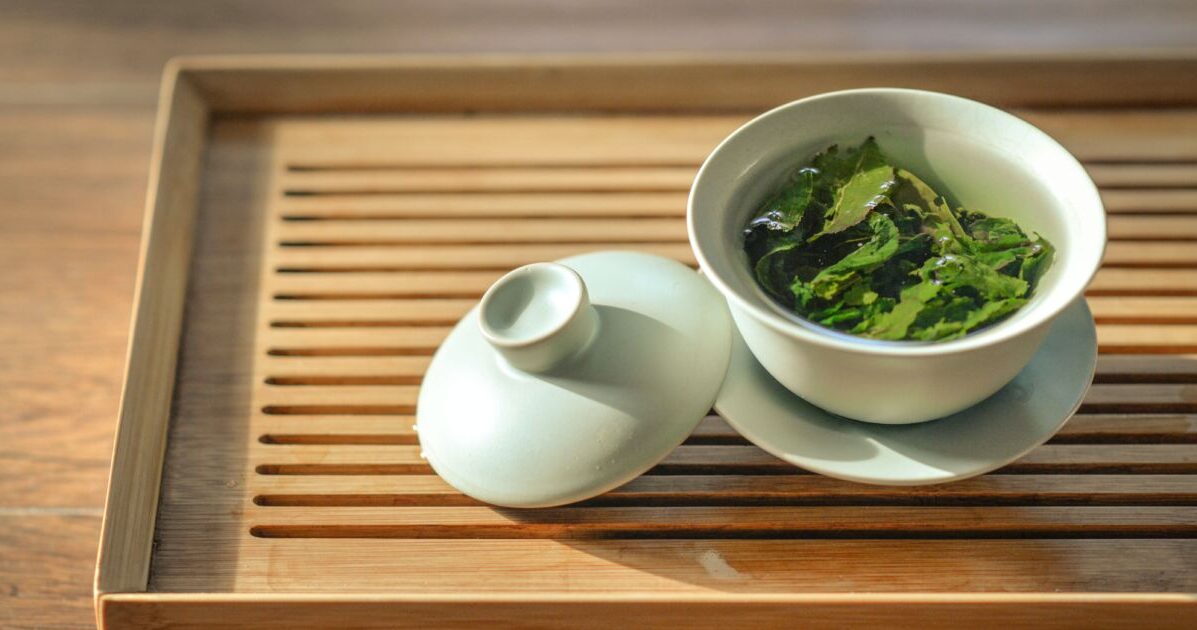
People have used green tea for thousands of years thanks to its medicinal properties. Green tea is a source of antioxidants and minerals like magnesium and manganese and is thought to improve mental alertness, working memory, headache relief, weight loss, and digestive symptom relief.
Green tea is believed to be good for the skin. Research suggests that antioxidants decrease cellular damage and prevent photoaging, the damage caused to skin cells by sunlight. There has also been evidence to suggest green tea induces autophagy, which is how your body gets rid of old and damaged cells. A study from 2020 even found a link between tea consumption and lowered risk of cardiovascular disease.
Is matcha better for you than green tea?

Matcha contains higher quantities of compounds also found in green tea thanks to its shade-grown cultivation. L-theanine, chlorophyll, and antioxidants are all present in green tea, but you’ll find more in a cup of matcha. The nutrients and compounds in green tea may not diffuse into the hot water during brewing, too.
When you’re drinking matcha, you’re drinking the leaves themselves, not their brewed flavour. No matter how you prepare it, you will almost always be consuming more antioxidants on average drinking matcha than you will green tea. But that’s not to say the more the merrier.
There is a such thing as too many antioxidants. Overconsumption will make the additional antioxidants become unstable or react with the cells around them.
For instance, a person who drinks three to four cups of green tea per day will ingest levels of polyphenols, that are above the recommended daily intake. So don’t try and outdo a matcha drinker with simply more green tea, as it could damage your body in the doing!
Are green tea and matcha prepared the same?
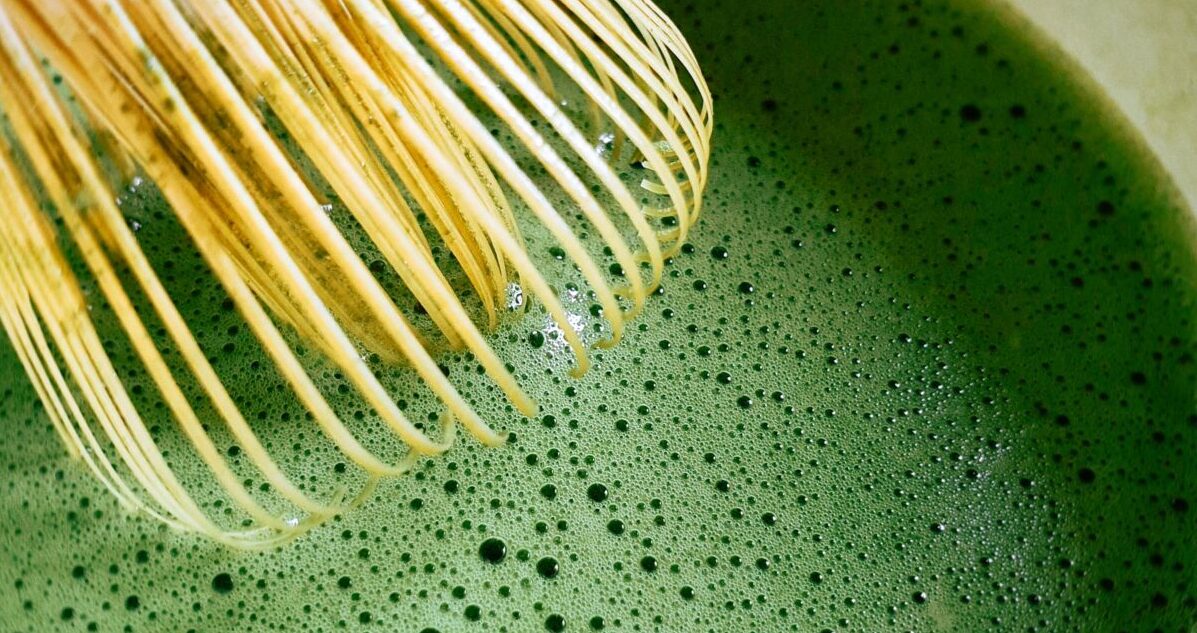
Green tea can be purchased in loose-leaf form but it is most commonly sold as tea bags. Simply submerge the bag in hot water and steep for five minutes. For matcha, place the powder in hot water and whisk until dissolved.
The antioxidants count in green tea is increased by a five-minute or longer steeping time. It also means you’re probably going to have a fairly bitter brew. If this isn’t for you, simply steep for a shorter span of time. It’ll still taste good, and you’ll be consuming antioxidants — just not as many.
Matcha is a bit more flexible. Some people don’t even have it hot, for example. So prepare it as usual and then let it sit in the fridge for an hour or so. Experiment with milk, try almond or coconut instead of cow. Get adventurous with the additives and sweeteners. Matcha drinkers swear by a drop of honey or cinnamon.
Matcha powder doesn’t just have to be prepared for tea, either. You can add this powder to smoothies or cooking recipes such as bread or brownies. If you are going to buy matcha for cooking purposes, though, buy a culinary-grade matcha. Ceremonial-grade matcha is finer in texture and exclusively made for tea-drinking purposes.
